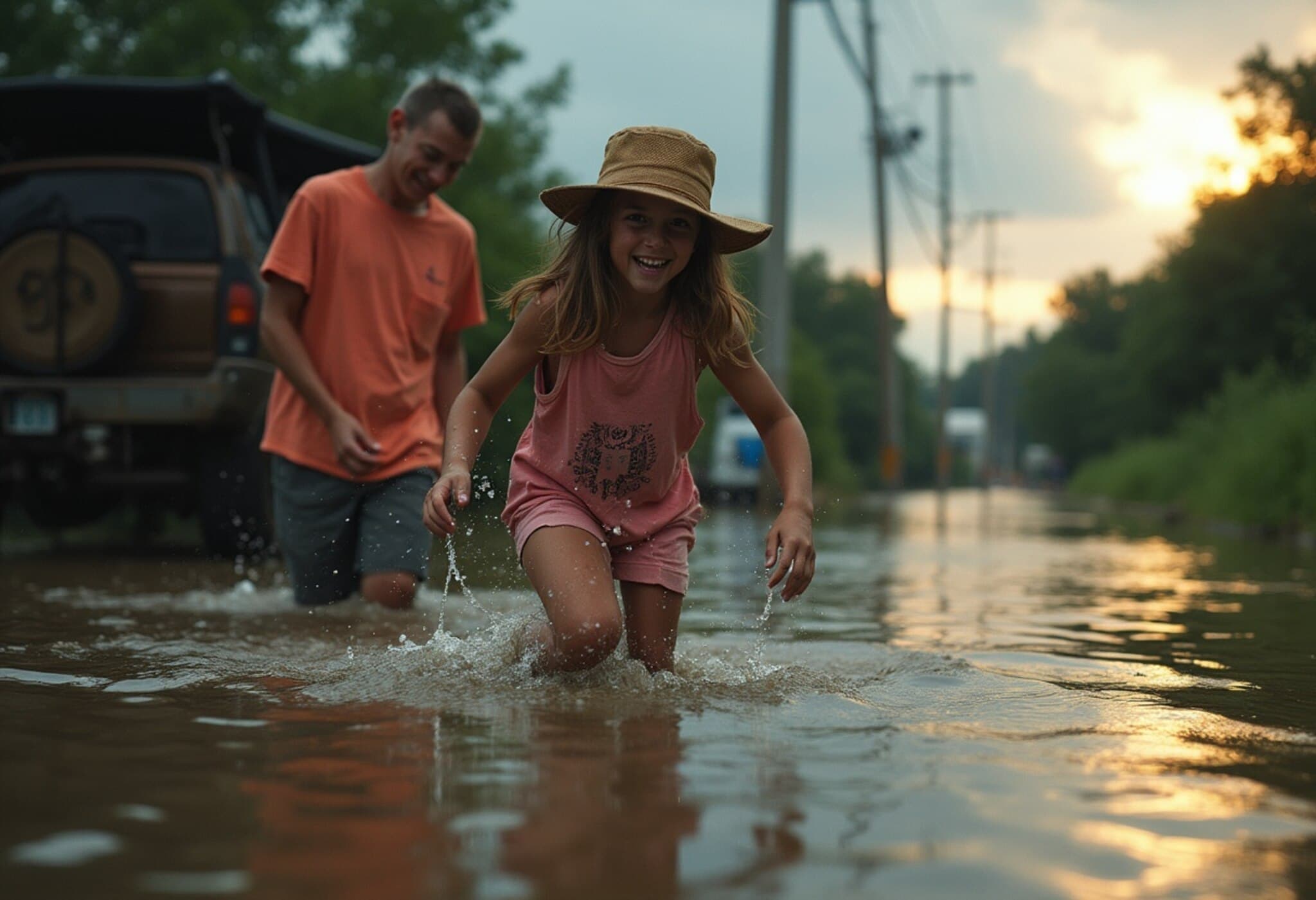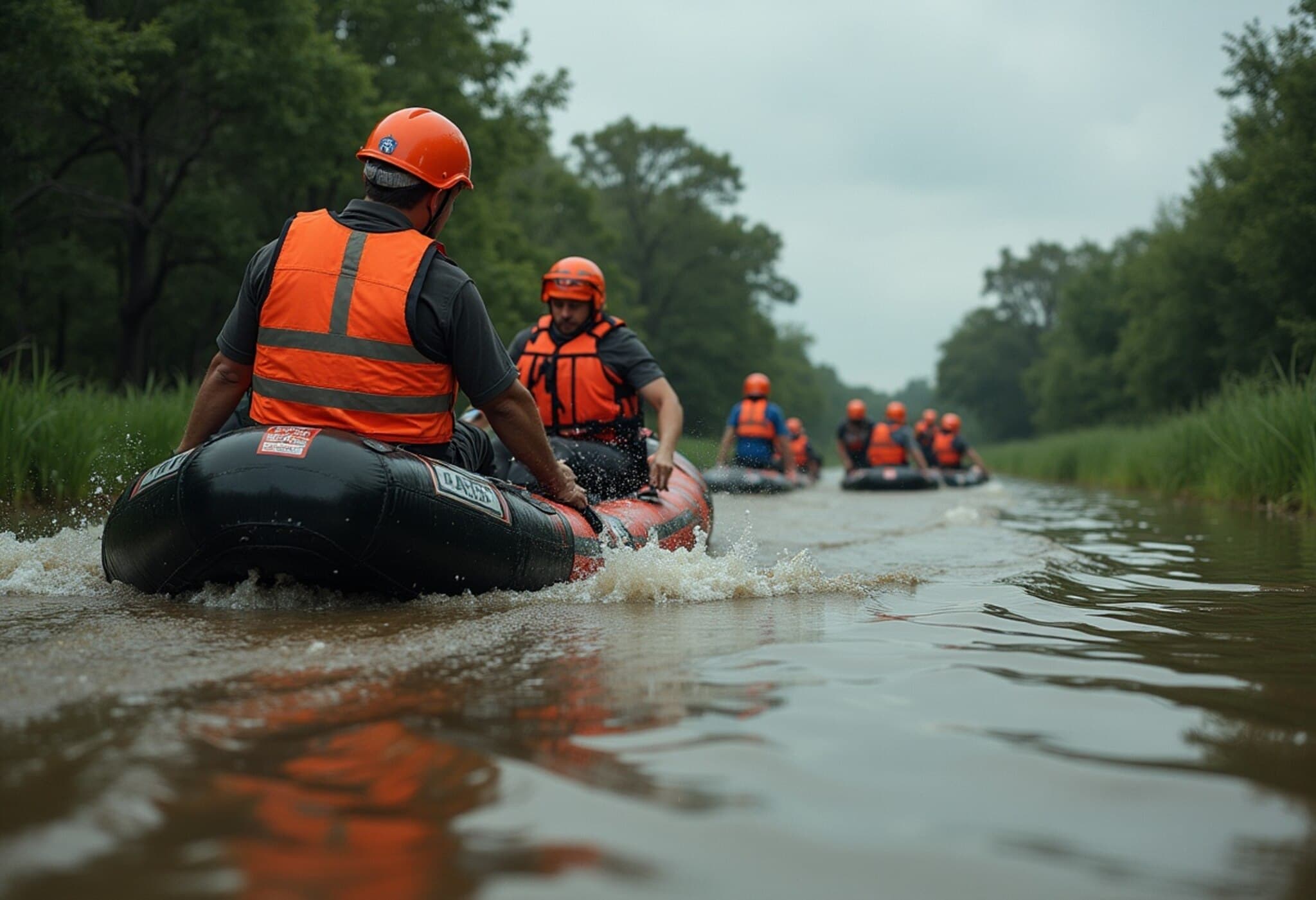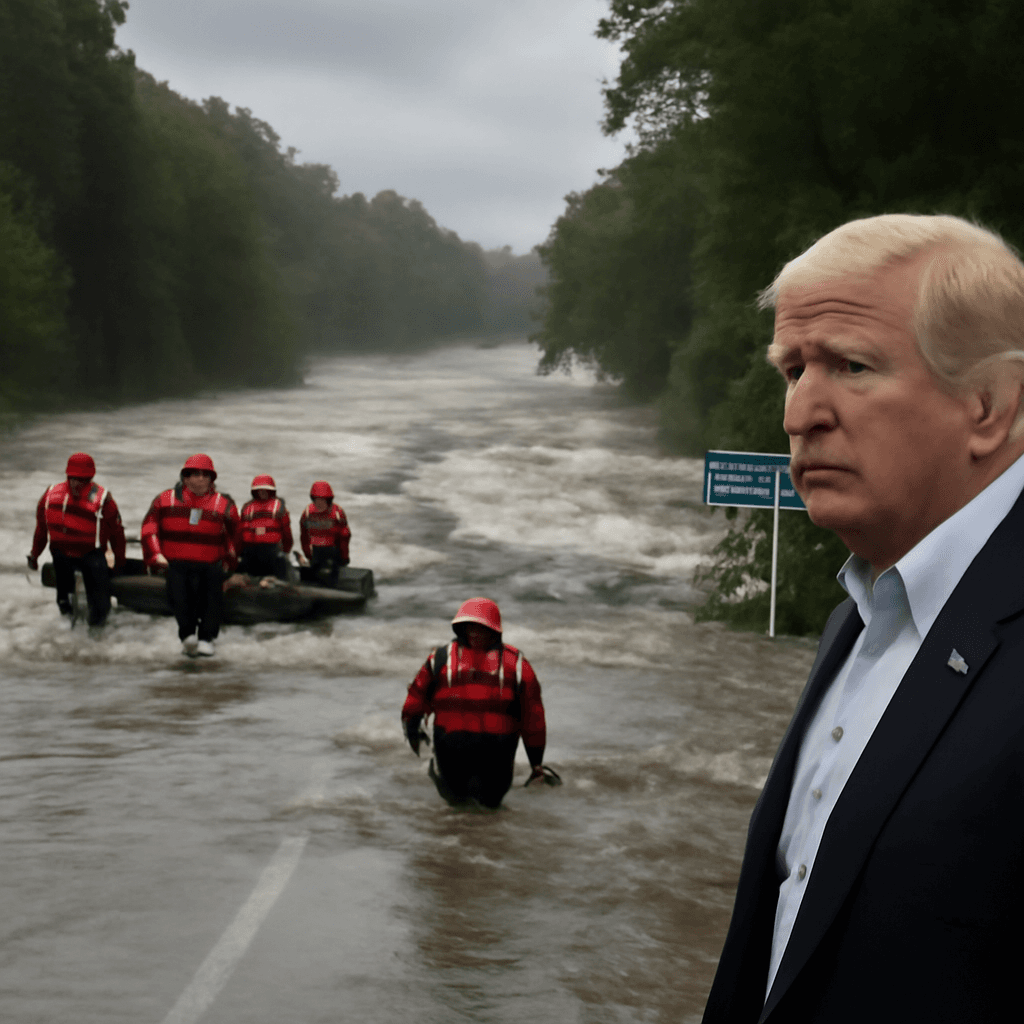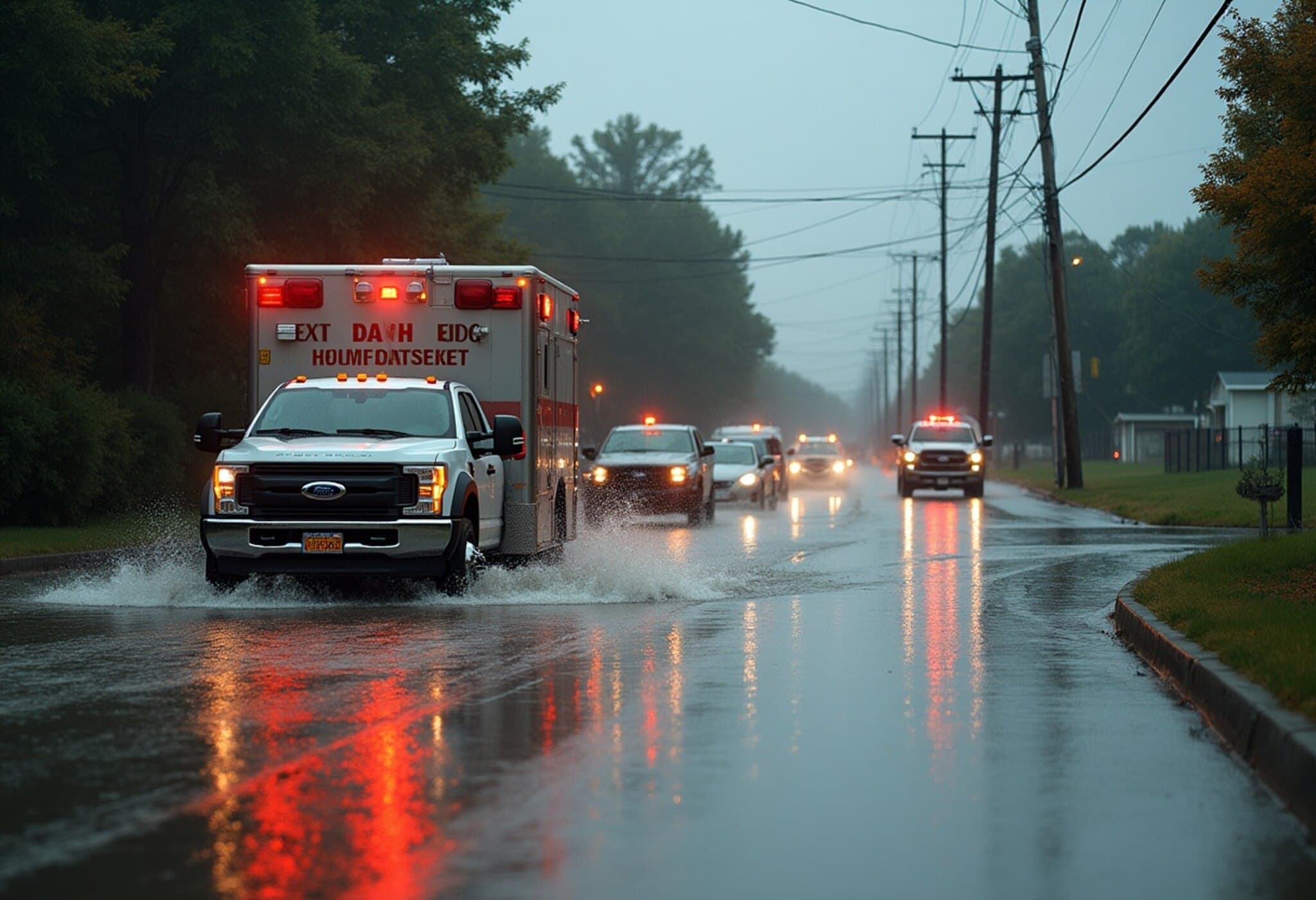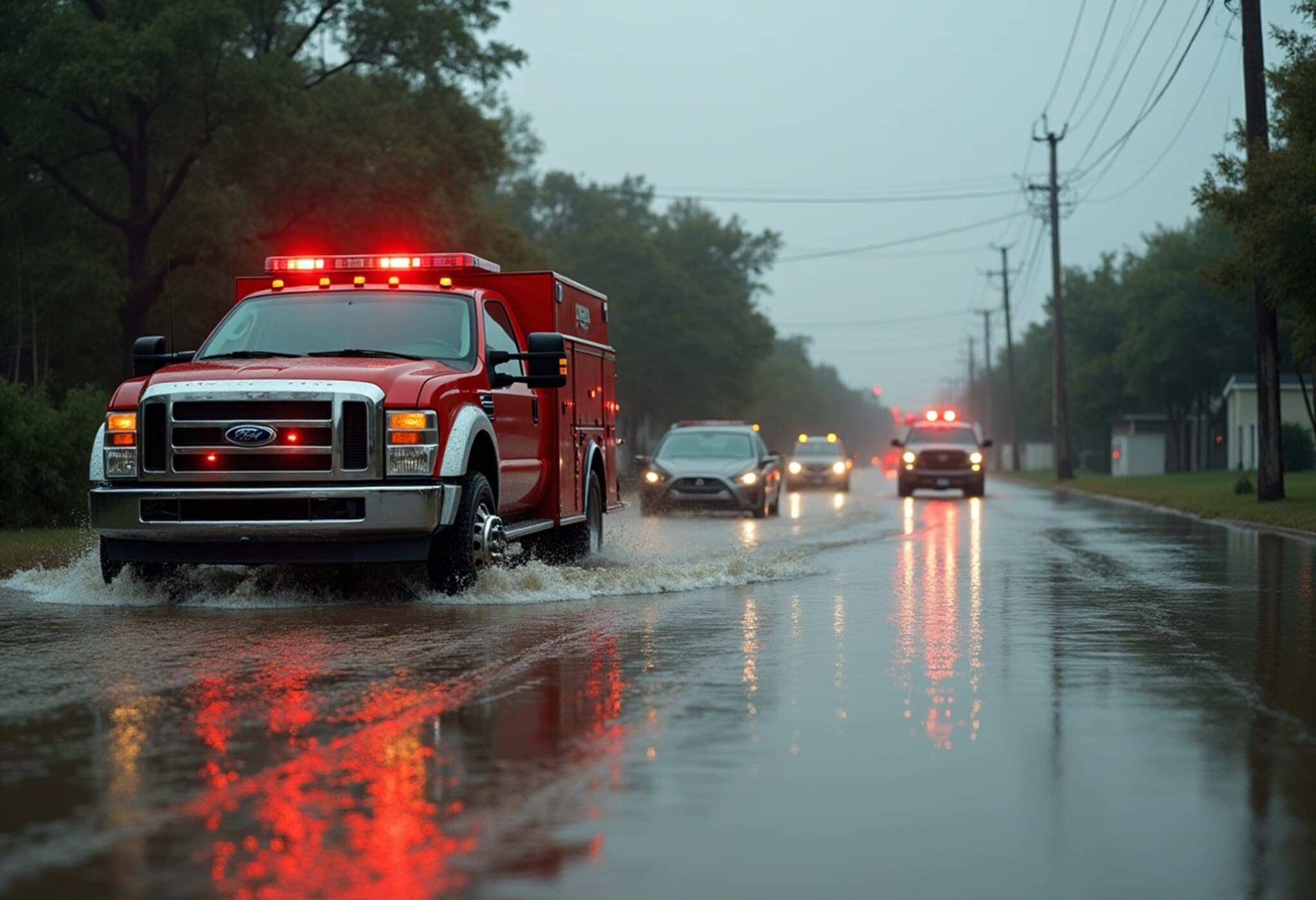Devastating Texas Floods Claim Over 100 Lives Amid Ongoing Rescue Efforts
Over the July Fourth weekend, relentless flash flooding swept through parts of Texas, resulting in a heartbreaking death toll surpassing 100. Search and rescue teams continue their tireless work amid swollen rivers and obstructed debris, seeking missing individuals and bringing grim news to affected communities still reeling from the disaster.
Tragedy at Camp Mystic and Other Hard-Hit Areas
Kerr County emerged as the epicenter of the catastrophe, with 84 bodies recovered so far, including 28 children. Among the most harrowing stories is the loss at Camp Mystic, an all-girls Christian summer camp, which suffered the deaths of 27 campers and counselors. The floodwaters tore through campsites, ripping cabins and tents from their moorings and carrying victims miles downstream. Survivors recount clinging to trees or scrambling to higher ground as torrents engulfed the area.
Beyond Kerr County, counties such as Travis, Burnet, Kendall, Tom Green, and Williamson reported an additional 19 deaths. Flood debris scattered along riverbanks—volleyballs, canoes, family portraits—paint a striking portrait of lives interrupted and communities irrevocably altered.
Weather Warnings, Evacuation Protocols, and Communication Challenges
The unfolding tragedy has ignited critical questions over the effectiveness of weather alerts and evacuation procedures. Despite Texas being part of the notorious "flash flood alley," areas like Kerr County continue to suffer from inadequate communications infrastructure. Many camps are located in spots with poor cellular coverage, impeding timely warnings and complicating evacuation plans.
Kerrville City Manager Dalton Rice candidly acknowledged the challenges, noting, "We definitely want to dive in and look at all those things.” While some camps proactively relocated campers to higher ground, others remained in place, prompting scrutiny into decision-making under pressure.
Federal and state authorities maintain that multiple warnings were issued well ahead of the flooding, but many residents say they never received any notification. Senator Ted Cruz emphasized the importance of learning from this tragedy, cautioning against politicizing the disaster in real time. "There will be a time to find out what could have been done differently," Cruz said, underscoring the need for improved preparedness.
Government Response and Ongoing Risks
Texas Governor Greg Abbott confirmed more than 36 people remain missing and warned that the death toll may rise as search operations continue. He also called for vigilance as further heavy rains threaten already saturated grounds. Over 1,700 personnel, including more than 1,000 local volunteers, are actively engaged in rescue and recovery efforts.
Authorities have advised the public against flying drones near rescue zones following an incident in which a private drone collided with a rescue helicopter, forcing it to make an emergency landing. These interruptions hamper critical lifesaving missions.
Human Stories Amid the Chaos
The human cost extends beyond numbers. Families recount moments of desperation and bravery. Reagan Brown recalled how his elderly parents fled their flooded home and then risked their lives to save a 92-year-old neighbor from her attic. Similarly, Elizabeth Lester described how her son had to swim from his flooded cabin at Camp Mystic, while her daughter climbed a hill as waters rose encircling her legs.
Expert Perspective: Lessons for Future Flood Preparedness
This disaster shines a harsh light on the vulnerability of certain communities within the U.S. to sudden natural events, especially where infrastructure and emergency communication lag behind. Experts highlight that rapid-onset floods require not only advanced meteorological technology but also robust local communication channels and pre-planned evacuation protocols adapted to geographic realities.
With climate change increasing weather extremes across the globe, Texas’s tragedy comes as a clarion call to policymakers and emergency agencies to invest in resilient systems and community education. Enhanced real-time alerts, improved cellular network coverage in remote areas, and mandatory evacuation drills could help mitigate future loss of life.
Looking Ahead: Accountability and Healing
As Texas mourns, questions remain about accountability, the role of budget allocations in emergency services, and how best to fortify communities against similar calamities. This moment offers an opportunity for federal, state, and local leaders to collaborate transparently and compassionately with affected populations to rebuild and prepare.
President Trump, who authorized a disaster declaration for Kerr County, plans to visit the region, while emphasizing the suddenness of the flood and addressing concerns regarding meteorologist staffing. Meanwhile, public officials and citizens alike grapple with the enormity of human loss and the shared commitment to learning from this event to safeguard the future.
Editor’s Note
The Texas flash floods are a stark reminder of nature’s unpredictable fury and the critical need for advanced preparedness in vulnerable regions. Beyond counting casualties, this tragedy urges us to examine systemic gaps—from weather communication infrastructure to emergency response capacity. How can local communities, backed by federal support, enhance resilience against flash floods known historically to this "flash flood alley"? The task before policymakers is not only recovery but meaningful reform.
As readers, we are called to empathy and awareness, recognizing that these events are not isolated incidents but symptoms of broader climatic and infrastructural challenges facing many parts of the United States today.

